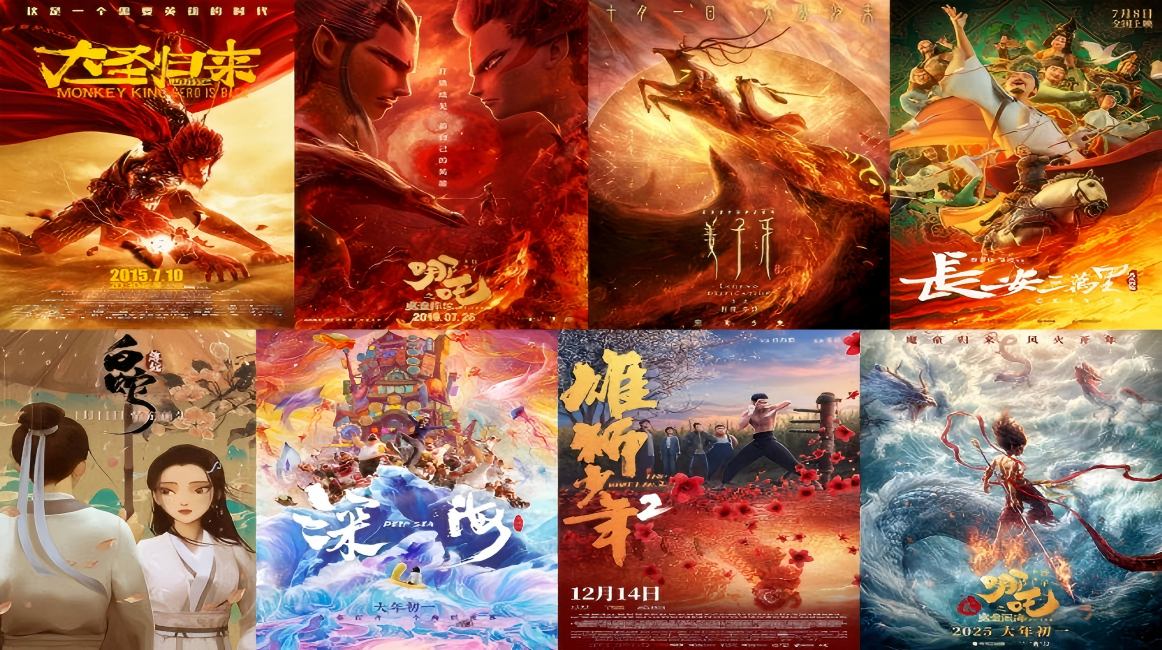
From the ink wash painting style of The Monkey King: Havoc in Heaven to the stunning special effects of Ne Zha: The Devil Boy in the Sea, Chinese animation has been exploring and advancing in the collision between tradition and innovation over a century of development. As an important carrier of cultural communication and aesthetic cultivation, Chinese animation has not only written brilliant chapters but also experienced growing pains. Its development trajectory reflects the awakening of cultural confidence and the inevitability of industrial upgrading.
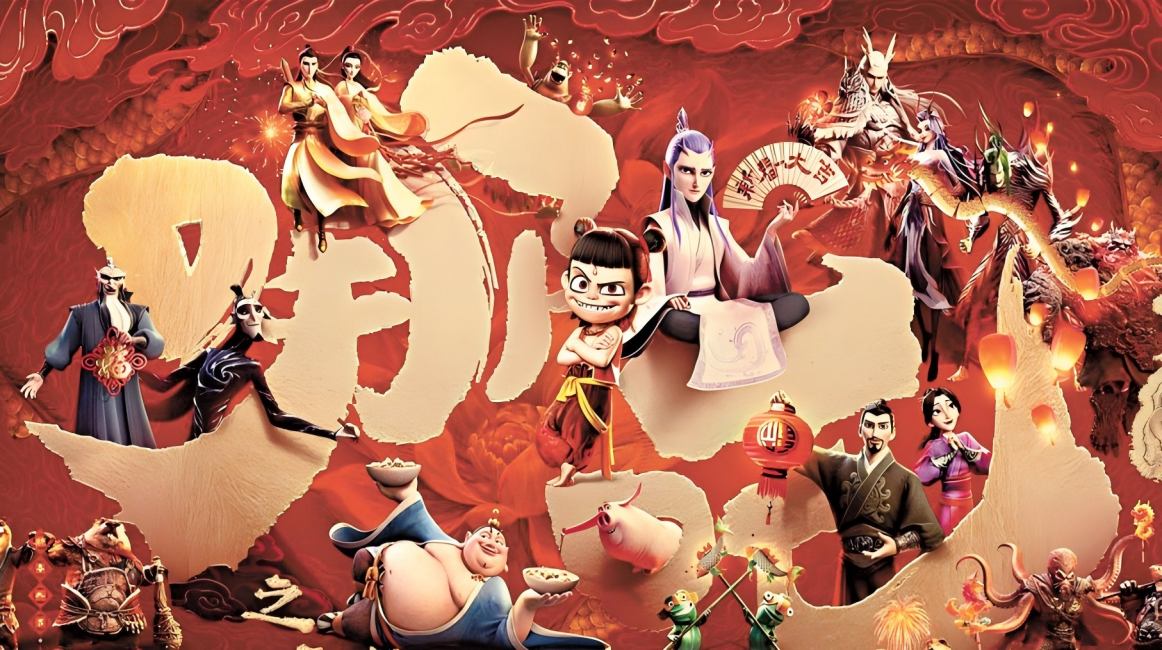
In the mid-20th century, Chinese animation once amazed the world with its unique artistic style. The Wan brothers' Princess Iron Fan pioneered Asian animation, and The Monkey King: Havoc in Heaven integrated Peking Opera facial masks and ink wash painting techniques into animation creation, forming the distinctive "Chinese School". These works not only had a unique artistic expression but also conveyed the philosophical thoughts and aesthetic tastes in traditional culture to the world, becoming important business cards for China's cultural communication overseas. However, under the tide of industrialized production and the impact of foreign cultures, Chinese animation once fell into a creative dilemma. Some works had problems such as blind imitation and homogeneous content, the cultural expression and technical presentation failed to form an organic unity, and the market competitiveness was slightly insufficient.
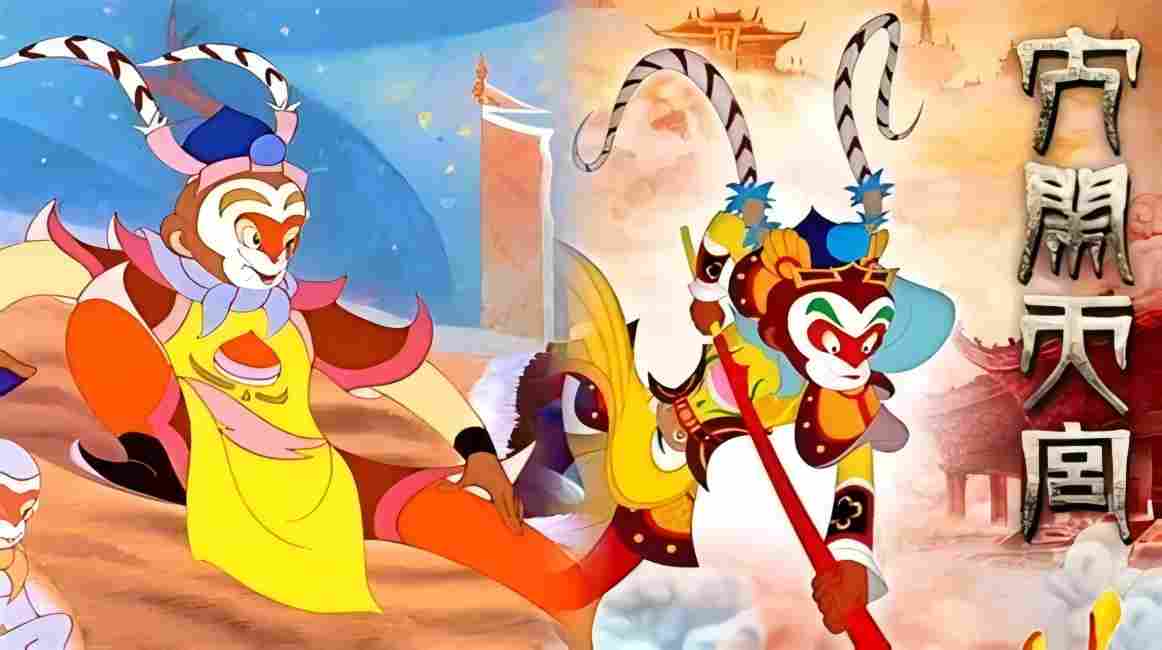
Entering the new era, Chinese animation has ushered in an opportunity for revival. Policy support provides a guarantee for industrial development. The 14th Five-Year Plan for China's Film Development clearly proposes to promote the high-quality development of the animation industry and encourage original animation creation. Technically, the mature application of 3D animation, motion capture and other technologies has enabled works such as White Snake and I Am What I Am to reach the international level in visual presentation. The delicate picture texture and smooth action design have broken the stereotype of "backward Chinese animation technology". In terms of content creation, creators have begun to deeply tap the rich mine of traditional culture, carry out modern transformation of classic IPs such as Shan Hai Jing (Classic of Mountains and Seas) and Fengshen Yanyi (Investiture of the Gods), retaining the cultural core while integrating contemporary values, realizing a perfect integration of tradition and modernity.
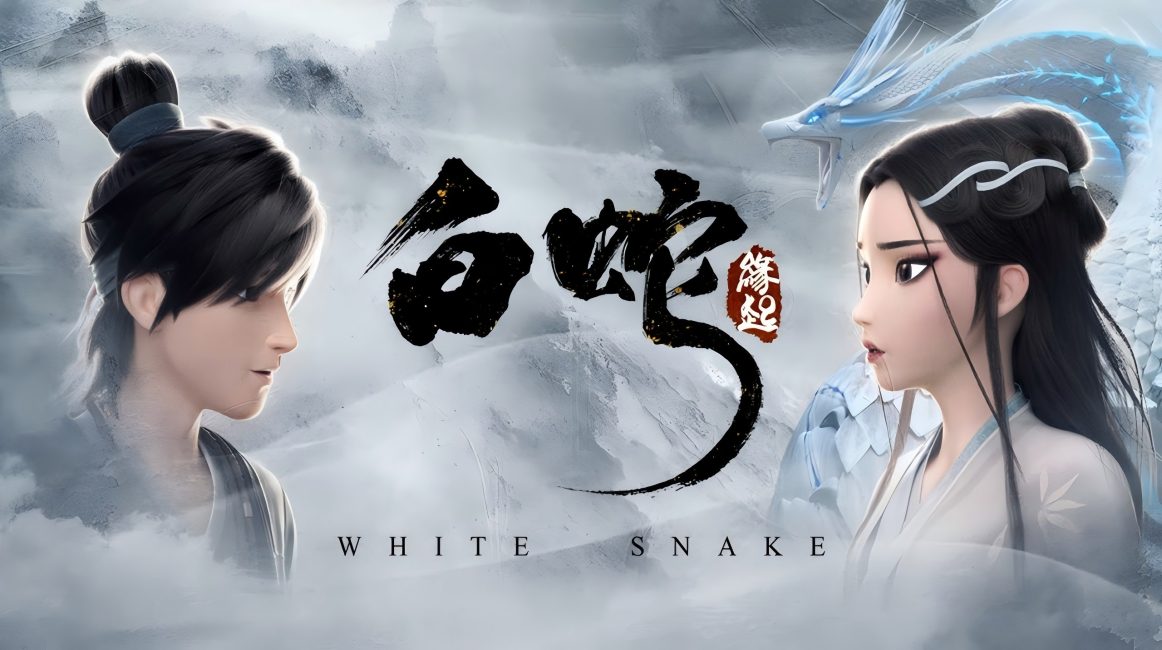
In terms of industrial ecosystem construction, Chinese animation is gradually improving the full-chain system from creation and production to distribution. More and more animation companies have begun to attach importance to the cultivation of original IPs, extending IP value through cross-border integration models such as "animation + games" and "animation + cultural tourism". At the same time, the animation talent training system is constantly improving, combining animation majors in colleges and universities with corporate practice to inject new vitality into the industry. However, it cannot be ignored that the current animation industry still has problems such as insufficient supply of high-quality content and some works over-pursuing commercial value while ignoring artistic connotation, which need to be gradually improved in the development process.
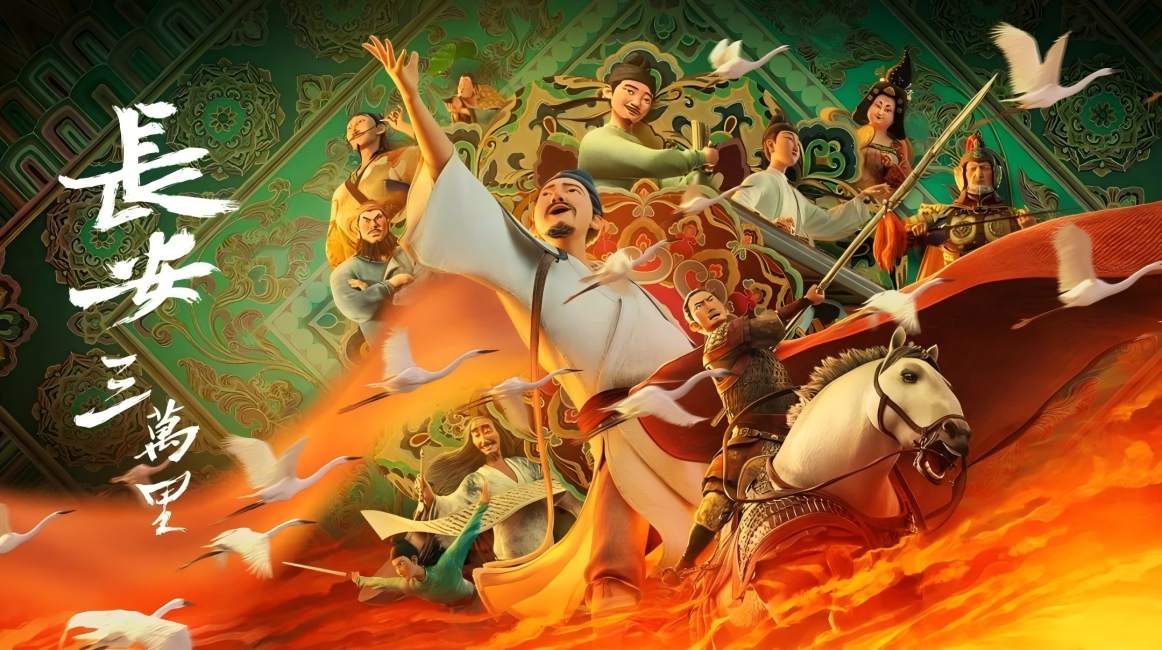
From the market dominated by children's animation to the flourishing of works for all age groups, from a technology follower to an innovation leader, every step of Chinese animation's growth embodies the persistence and exploration of creators. Today, Chang An 30,000 Miles uses Tang poetry as a medium to bring traditional culture back to life in the light and shadow of animation; Deep Sea explores more possibilities of animation art with its unique visual language. These works prove that Chinese animation is moving forward with inheritance and exploration in a more confident posture.
In the future, Chinese animation needs to continue to adhere to its cultural roots, focus on original content, take technology as wings and creativity as the soul, and create more high-quality works with both ideological depth and artistic standards. It is believed that with the joint efforts of all sectors of the industry, Chinese animation will surely break through the bottlenecks, shine more brightly on the world animation stage, and write an animation legend belonging to the new era.



